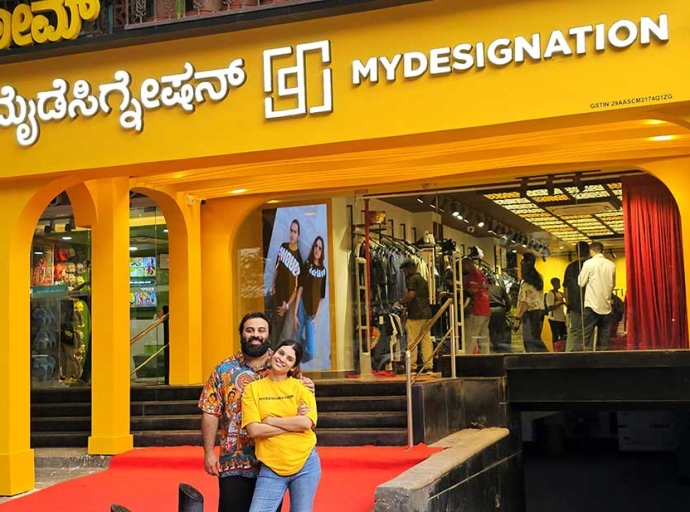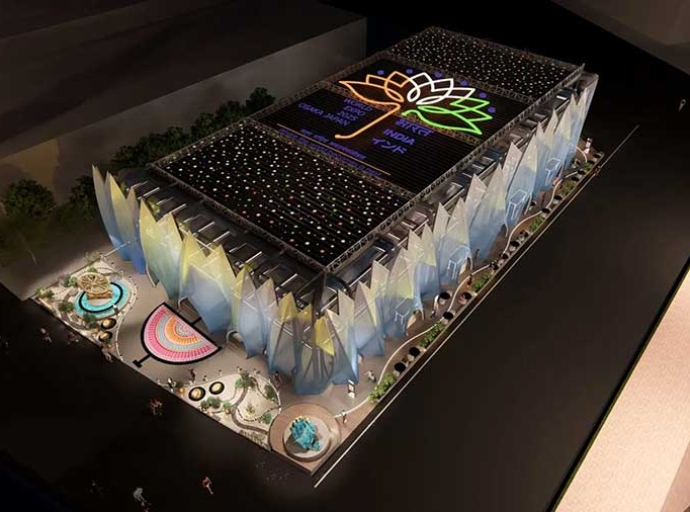From Gyms to Streets: Athleisure takes over India's fashion arena

The Indian athleisure market is witnessing a boom, driven by a rising focus on health and fitness, a growing young population, and a shift towards comfortable and versatile clothing. This trend has grown due to numerous factors like remote work culture, easy access to e-commerce platforms, and the emergence of affordable domestic brands. Today, athleisure - clothing that blends athletic wear with everyday fashion - has become a mainstream trend in India.
Affordability, online accessibility fuels growth
The Indian athleisure market was valued at $673.34 million in 2022 and expected to reach $1.93 billion by 2029 as per a report by MMR ‘India Sports Apparel Market– Industry Analysis and Forecast (2023-2029)’. Additionally, the increasing participation of women in the workforce (26.9 per cent as of 2023, World Bank) has led to a rise in demand for versatile clothing that transitions seamlessly from workouts to work environments. Growth is also attributed to several factors:
Increased health awareness: Indians are becoming more health-conscious, leading to a higher participation in fitness activities.
Work-from-home: The rise of remote work has blurred the lines between work and leisure, creating a demand for comfortable clothing suitable for both settings.
E-commerce boom: The easy accessibility of athleisure wear through online platforms has further fueled market growth.
Domestic brands grow with focus on local preferences
Traditionally, the Indian sportswear market was dominated by international brands like Nike, Adidas, and Puma. However, a new wave of domestic athleisure brands like HRX, Aastey, Blissclub, and Zymrat are making their mark by offering. What works for domestic brands is their competitive pricing as they cater to the price-conscious Indian consumer, offering stylish athleisure wear at affordable prices. Also, domestic brands are building strong brand loyalty by fostering a sense of community through fitness challenges, workshops, and online engagement activities. Design focus on Indian body types is another plus. For example, some brands, like Blissclub, specifically design their products to flatter Indian body types, addressing a gap in the market.
What’s more, homegrown brands are adopting innovative marketing strategies to reach their target audience. One way is social media. Leveraging the power of social media, these brands engage users with workout visuals, influencer partnerships, and live sessions, turning social media into a virtual fitness hub. Also, instead of relying solely on big-name celebrities, brands are partnering with micro and nano-influencers who have a more dedicated following and can provide a more genuine connection with the audience. HRX focuses on community engagement initiatives like fitness challenges, running events, and workshops. Similarly, Blissclub prioritizes understanding the challenges faced by Indian women when it comes to activewear and designs problem-solving products.
"Athleisure brands in India dominate social media with workout visuals... They engage users by seeking design input besides hosting live workouts with influencers, turning social media into a virtual fitness club," says Sonali Banerji, creative director at BCWW. This strategy fosters a sense of community and builds brand loyalty among customers.
More women in workforce, a perfect fit
India's rapid urbanization and increasing female workforce participation are further propelling the athleisure market. Urban consumers with disposable income are more likely to invest in comfortable and stylish clothing that transitions seamlessly from workouts to work environments.
“We design products that transition effortlessly from the gym to the street and even work... We see ourselves as part of a woman's entire wardrobe, not just her workout gear,” opines Minu Margeret, Founder and CEO of Blissclub. This caters to the growing demand for versatile clothing options for the modern Indian woman.
Indeed, the athleisure market in India is witnessing phenomenal growth, and several factors are at play. By offering affordability, catering to local preferences, and employing innovative marketing strategies, domestic brands are successfully capturing a significant share of this dynamic market. As the focus on health and wellness continues to rise, the future of athleisure in India appears promising.
Latest Publications

































